My 'Fancy' 5-1-1
DaMonkey007
12 years ago
Related Stories

DECORATING GUIDESChinoiserie Sends Rooms on Flights of Fancy
Gilded, lacquered or delicately detailed, decor pieces with fanciful Chinese motifs convey an exotic, well-traveled spirit
Full Story
FUN HOUZZ10 Fabulously Fanciful Bedrooms
Embark on a trip to sleeping spaces that dare to dream, far from the shores of traditional
Full Story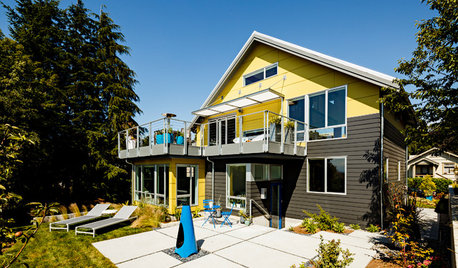
GREEN BUILDING5 Common-Sense Ways to Get a Greener Home Design
You don't need fancy systems or elaborate schemes to make your home energy efficient and sustainable. You just need to choose wisely
Full Story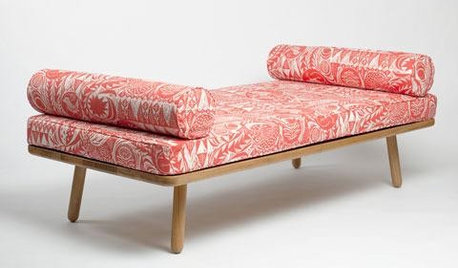
5 Top Design Events: Dec. 1-Dec. 23, 2011
Pop-up shops, holiday home tours and more: See what's on the Houzz list of things to see and do
Full Story0
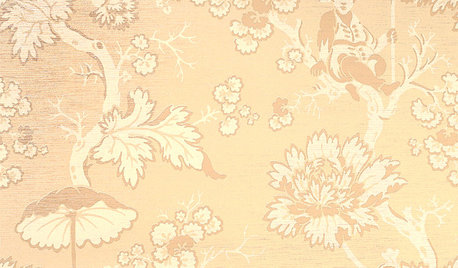
PRODUCT PICKSGuest Picks: 1 Wallpaper, 5 Stunning Foyer Designs
See how different furnishings and accessories help a single classic wallpaper change its tune
Full Story
MOST POPULAR5 Remodels That Make Good Resale Value Sense — and 5 That Don’t
Find out which projects offer the best return on your investment dollars
Full Story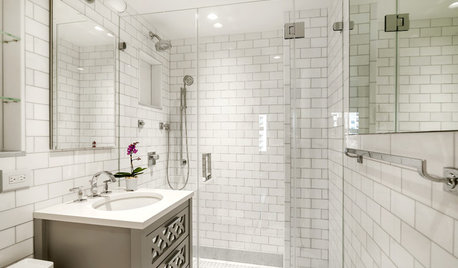
BATHROOM WORKBOOK5 Ways With a 5-by-8-Foot Bathroom
Look to these bathroom makeovers to learn about budgets, special features, splurges, bargains and more
Full Story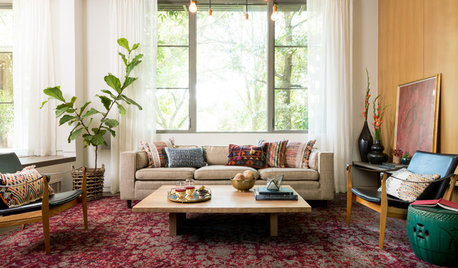
DECORATING GUIDES5 Decor Trends to Try — and 5 to Rethink
Some style trends are worth jumping onboard. Others you may want to let fade from your memory
Full Story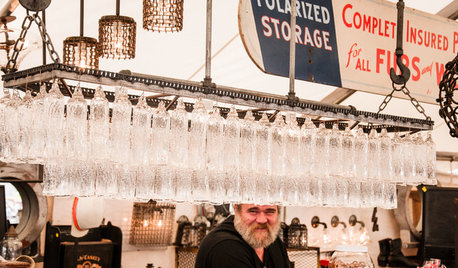
EVENTSTreasure Hunting at the Brimfield Antiques Fair
More than 5,000 antiques dealers are selling their goods along a 1-mile stretch of rural New England this week. Here's what we found
Full Story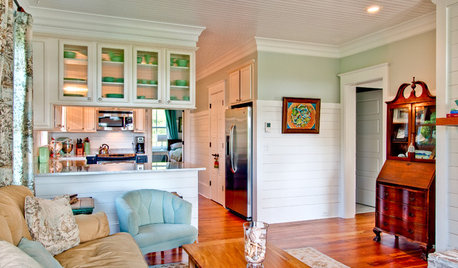
COTTAGE STYLEHouzz Tour: Lowcountry Charm for a South Carolina Cottage
Smart design and beautiful views help a family of 5 live comfortably in 1,200 square feet
Full StorySponsored
Columbus Area's Luxury Design Build Firm | 17x Best of Houzz Winner!
More Discussions







greenman28 NorCal 7b/8a
DaMonkey007Original Author
Related Professionals
Aurora Landscape Contractors · Edmond Landscape Contractors · Boca Raton Landscape Contractors · Florham Park Landscape Contractors · Galveston Landscape Contractors · Harrisburg Landscape Contractors · Madera Landscape Contractors · Manhattan Landscape Contractors · Golden Valley Landscape Contractors · Sanger Solar Energy Systems · Enumclaw Window Contractors · Pleasant Grove Window Contractors · Poinciana Window Contractors · Atascadero Fence Contractors · Olean Fence Contractorsfortyonenorth
queensinfo
DaMonkey007Original Author
capoman
greenman28 NorCal 7b/8a